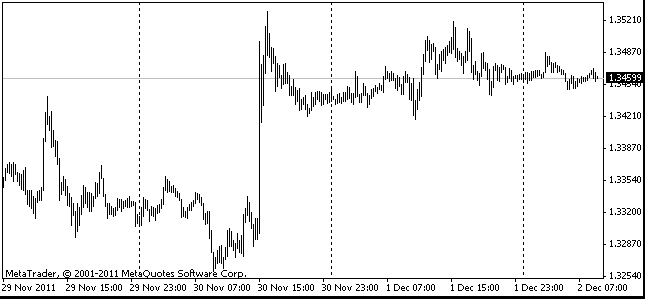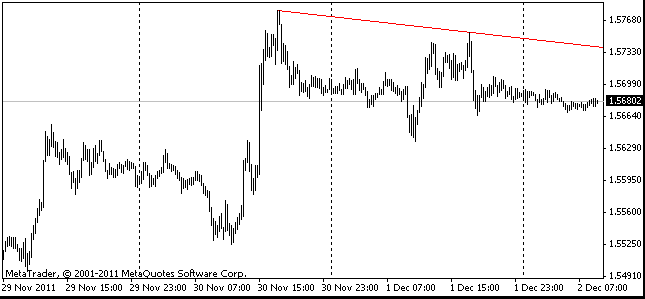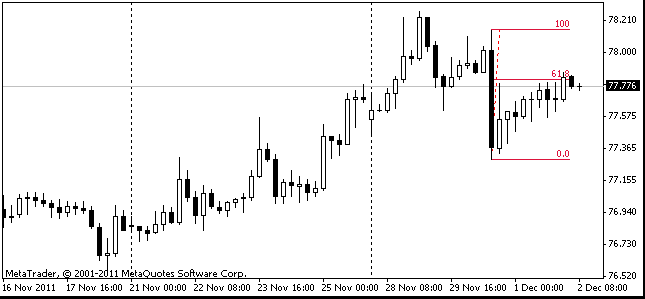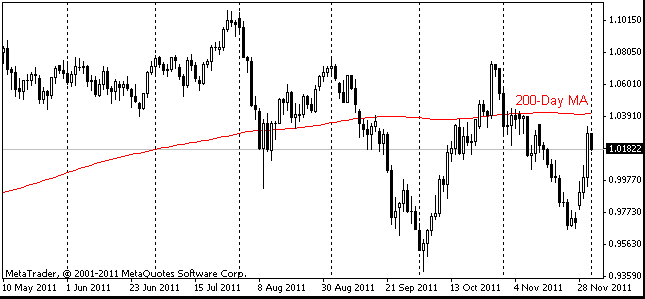EUR/usd
The beginning of the accounting period seems to be quite reassuring. US aluminium giant Alcoa has posted a better-than-expected profit and expressed moderate optimism that demand will continue to grow in 2013. It has gradually moved the stock market from the middle of the trading range to its upper bound. Turning to Forex, here EU currencies are trailing much behind their counterparts. Yesterday EUR again failed to consolidate above 1.31. The pair had been pushed down before it even got above the mark. Apparently, the euro is being pressurized. It is rumoured that the reason is asset sales by sovereign wealth funds. It is true both for the euro and the pound. The risk demand deprives the bears of the opportunity to show their best, besides 1.30 is closely guarded. eurusd is squeezed in an extremely narrow range, which may be broken today on draghi's performance. Anyway, from the fundamental viewpoint we shouldn't be surprised at the euro's weakness. The region's economy is coming apart at the seams and even the core Germany ceases to play the role of a growth locomotive. The industrial production grew just by 0.2% in November, which led to the annual drop of activity by 2.9%. Most likely, the money of German banks works mainly in the EU periphery, which may spill over into recession in the country at the beginning of the year. We don't expect any important news from the USA today, except for corporate reports; all eyes will be riveted on Draghi's press-conference after taking a decision on the monetary policy. There is some hope that Super Mario will hint at the further easing of the policy, though we shouldn't rely on this since the bond yields of different European countries are back to normal. The bonds of the core countries are now trading with a higher yield and of the southern ones – with a lower yield.

GBP/USD
As we forecasted yesterday, the bears didn't miss the fact that the pound was close to 1.60 and tried to break through that level of support. Last Asian session there also were some attempts to get lower. Coupled with the euro the pound also cannot take advantage of the growing risk demand. If, as we suppose, market players are concentrated on the fundamental side of different economies, it is surprising why the sterling ignored the poor trade balance statistics yesterday. The major attack of the bears happened a bit later. Though the pound is weak, we expect that it still may give battle today, as we haven't received any new information about the country lately. Besides, weakness of the dollar in other instruments should finally help gbpusd grow.

USD/JPY
usdjpy still continued to grow and again approached closely to the two-and-a half year high. The news feeds attribute this to the coming meeting of the BOJ, where the bank will possibly expand the asset purchases and raise the inflation target. However, an explanation of the technical nature of the move looks sounder. The rally since the beginning of the year ended with a pullback, which happened earlier this week. Shortly after purchases were resumed and it's quite possible that they will drive the pair above the previous highs again.

AUD/USD
The Australian dollar doesn't want to be a wimp. The disappointing data on the AU economy (low retail sales, a huge trade surplus) were quickly forgotten after the release of stats on the Chinese foreign trade and the resumption of the yen's depreciation. The messages about growth of China's imports in December speak about an increased demand for the Australian iron ore. On such news the aussie jumped up to the upper bound of the half-year trading range and is now at 1.0560 against the dollar and at 93.0 against the yen.
